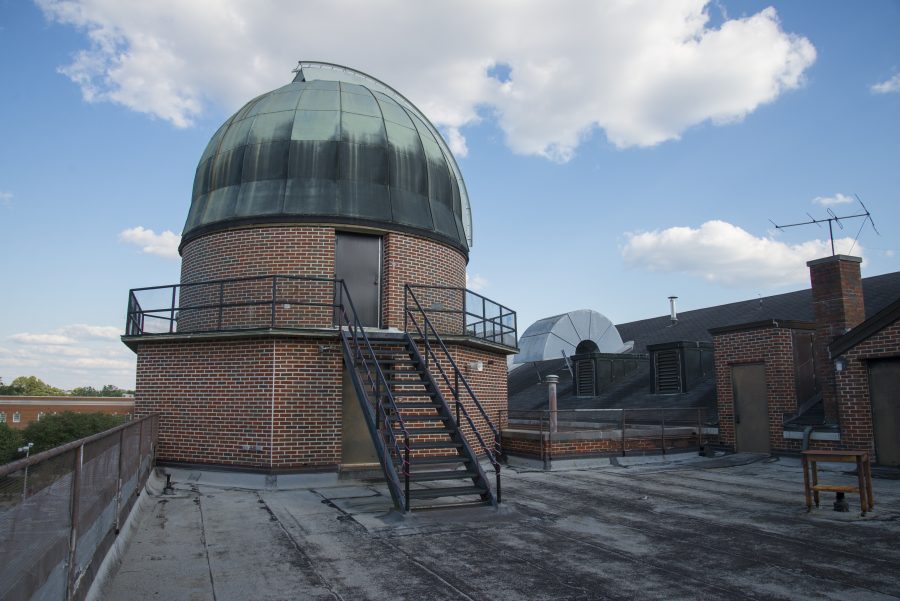When Ronald Buta was 13 years old, sitting on the couch watching tv with his brothers, he looked out the window and saw a bright star. Amazed, Buta abandoned the TV show and walked out on the porch and seeing the sky like never before. Opening up a book, Buta found out the star was the Sirius star, the brightest star in Earth’s night sky.
Fifty years later, Buta still thinks back to that night. An University of Alabama Astronomy Professor, Buta’s work is focused toward developing mathematical simulations of galaxies, studying galaxy structures and formulating theories.
“I often wonder why it happened, but it’s been 50 years and I still have the same enthusiasm for the sky as I did since that incident on the couch with my brothers,” Buta said. “I like to show people galaxies.”
Buta said there are a handful of opportunities this semester for University students as well as the general public to see galaxies and other astronomical events through a myriad of telescopes at the University observatory. The next event is Wednesday, Sept. 23 at 7-10 p.m. at Gallalee Hall.
“What you’re really going to want to see is the lunar eclipse on Sunday, September 27,” Buta said.
Buta said what the public is really going to want to see is the lunar eclipse on Sept. 27. The event will be held at Gallalee Hall as well from 7-11:30 pm. His colleague, Bill Keel, agrees.
“All the light from the sunsets and sunrises in the world are in a lunar eclipse,” Keel, an Astronomy professor, said.
Sometimes the Department will go out to Moundville to get away from the light pollution of the city. They will be going there on Nov. 13 to see Orion’s Nebula. They plan the events when there is no moon in the night sky so the telescopic picture is more resolute.
With these events, Keel said, the Astronomy Department aims to bring wonder to the public and inspire people to pursue their interest in the stars.
“We want people to see that what is out there is real and that we’re not making this stuff up,” Keel said.
With 14 different telescopes of all different sizes, Keel said the public stargazes are accommodating to a large amount of people wanting to have their turn to view stars, planets, nebulas and solar events. The largest one, which is the 16-inch DFM Engineering reflector up in the Gallalee observatory, is a powerful telescope powered by a computer that allows astronomers to bring space up on a computer screen to take pictures and make comparisons.
“Some of these telescopes have been here over 30 years, but they are still in great condition and have not failed us yet,” Keel said.
Buta sees a bright future in the field of astronomy and physics.
“With the New Horizon’s expedition taking amazing pictures of Pluto and its moons, a spacecraft that departed over 9 years ago that’s travelled over 30 million miles, if NASA plans to do more such things, which they are, then there is plenty for those who are interested,” Buta said. “A bigger telescope then the Hubble is being built called the James Webb telescope, which is scheduled to be finished in 2018.”









